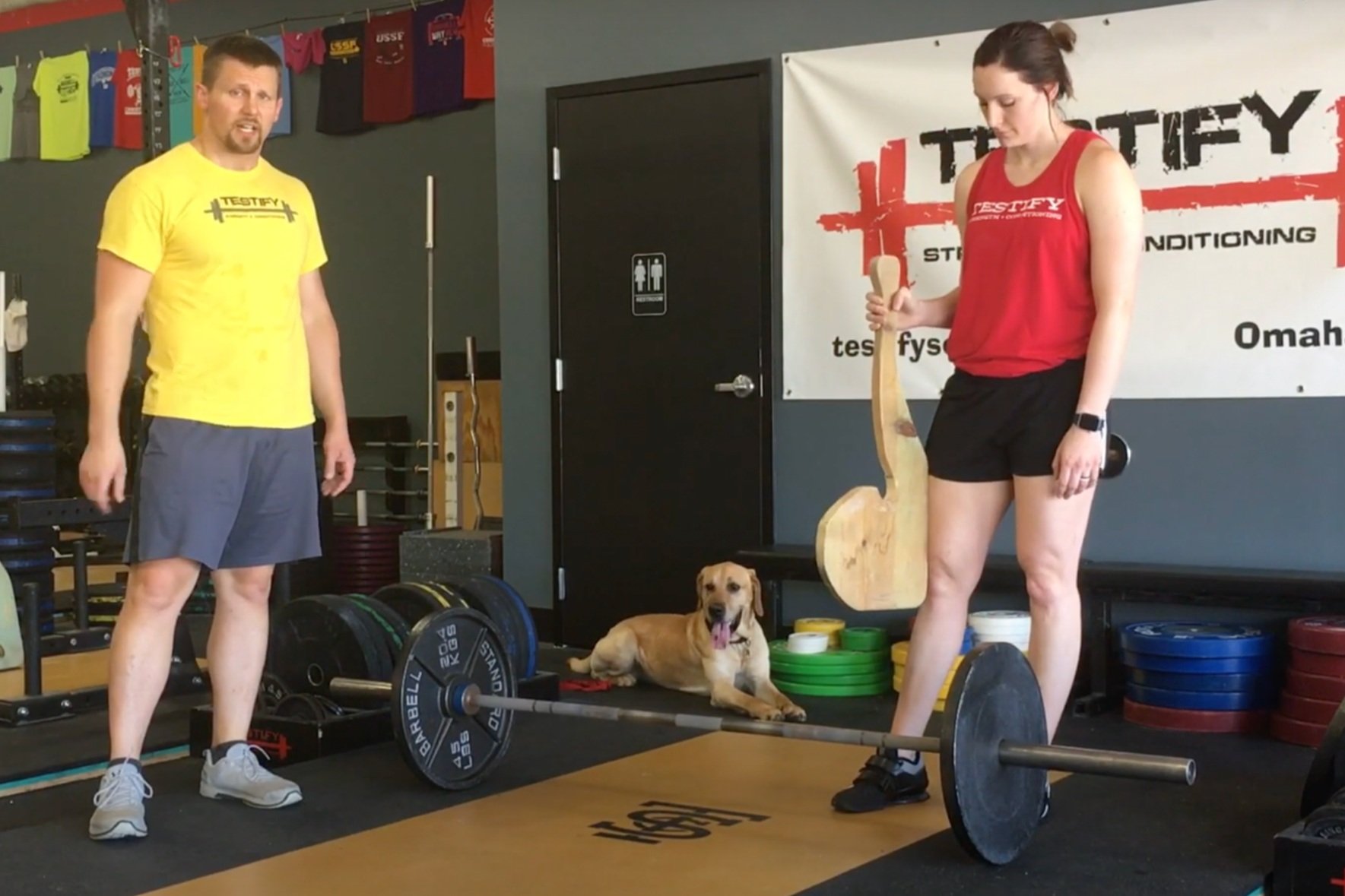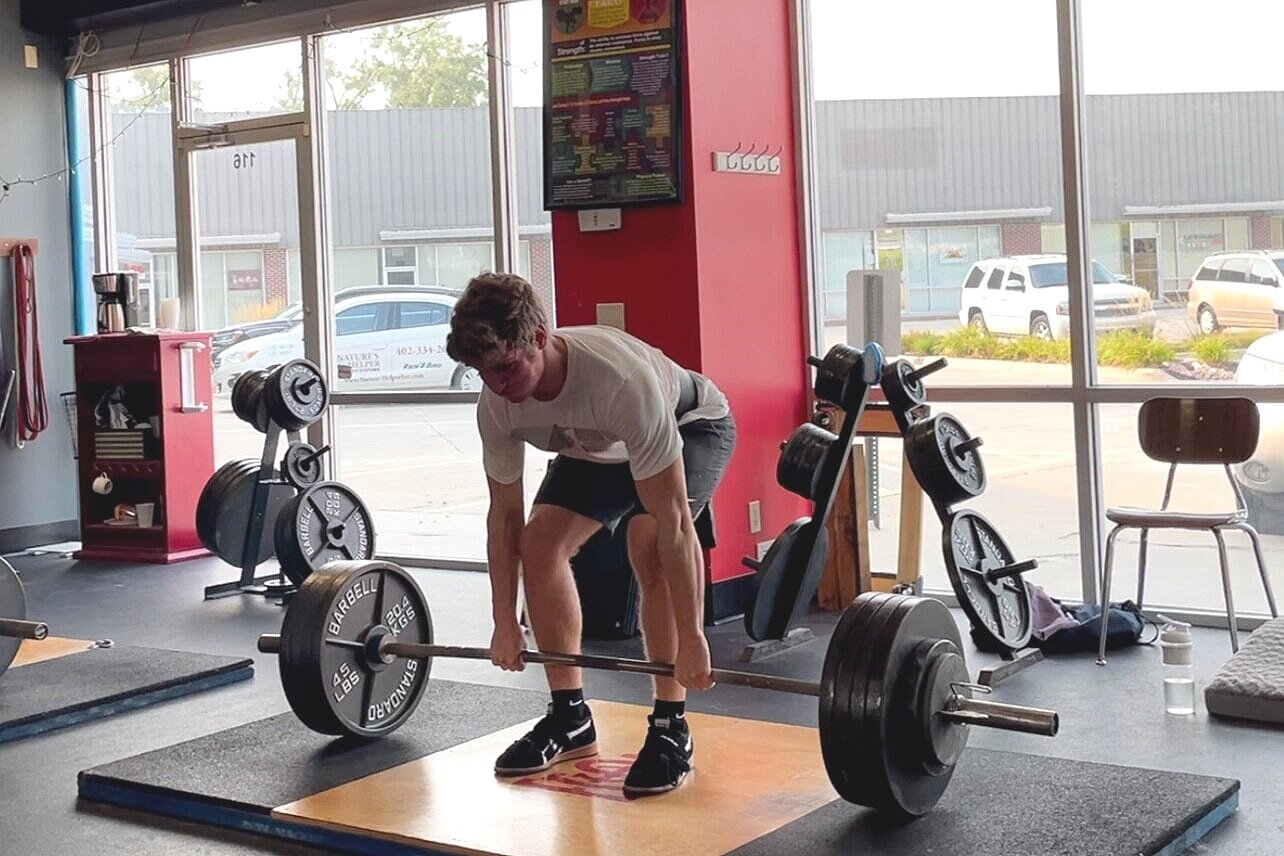Antonio and the Deadlift
/(This article is a Blast from the Past article originally posted on 12/02/18.)
Do you know about the Italian physician and anatomist Antonio Maria Valsalva (1666 - 1723)? Probably not, and that’s O.K., but every time you lift, you perform a maneuver - the Valsalva maneuver - that is named after him. To Valsalva is to hold your breath against a closed glottis, or perhaps more simply, to take a big breath and “bear down.”
You Valsalva instinctively when you are trying to push a stalled or stuck car, you Valsalva when you’re constipated and trying to poop, and fighter pilots Valsalva as part of their Anti-G Straining Maneuvers (AGSMs), which are performed to avoid passing out when subjected to high G-forces in the cockpit.
Now, let’s chat about the Valsalva maneuver and the deadlift.
You’ve been coached on the setup for the deadlift, so you’ve got the 5 steps down pat:
Stance - take a relatively narrow stance with your shins about 1” from the bar.
Grip - take a narrow grip on the bar (DO NOT MOVE THE BAR).
Shins - bend your knees to bring your shins into contact with the bar (DO NOT MOVE THE BAR).
Chest - squeeze your chest up to set your back in rigid extension (DO NOT MOVE THE BAR).
Pull - drag the bar up your legs.
jill correctly holds her valsalva at the top of her deadlift.
Most people will Valsalva right before (or during the process of) squeezing the chest up. Excellent. They will usually hold that Valsalva all the way up to the top of the lift - the lockout. Excellent again.
And right here - right at the top - this is where we tend to see a hiccup in the process. Some lifters (especially newer lifters) have a tendency to release their Valsalva at the top of the deadlift, i.e., they blow out their breath at the top. If you are one of these lifters - if you tend to release your breath at this point of the deadlift - there is only one thing to do.
Stop. That. Now.
james (left) and Loren (right) both know how important breath is when it comes to stability.
The Valsalva, the holding of your breath against a closed glottis and with tightly contracted abs - provides stability to the lift. Put simply, breath is stability, and stability is a wonderful thing to have when pulling heavy weights off the floor and setting them back down again.
So, if you tend to release your breath at the top of your deadlift, work on fixing it. Specifically, start by focusing on keeping your Valsalva while warming up the deadlift. The weight is lighter at this point, so you can spare some extra mental energy for this endeavor. Breath only when the bar is on the floor - not while loaded.
And be sure to thank Antonio the next time you complete a successful set of deadlifts.
(Some links may be affiliate links. As an Amazon Associate, Testify earns from qualifying purchases.)
















